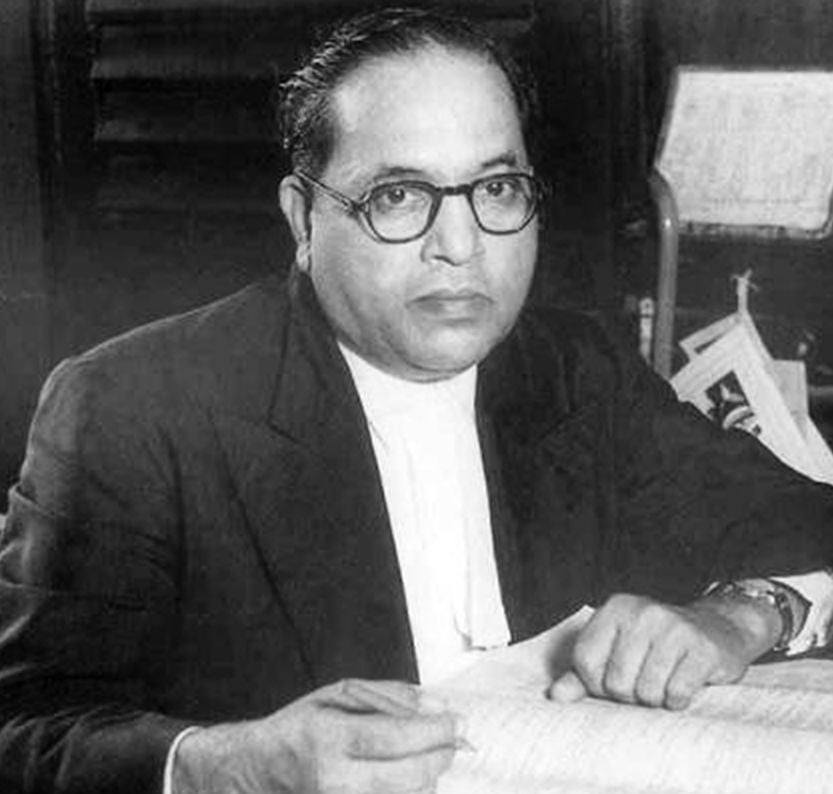
| Bio/Wiki | |
|---|---|
| Full Name | Bhimrao Ramji Ambedkar |
| Nickname(s) | Babasaheb, Bheem |
| Profession(s) | Jurist, Economist, Social Reformer, Politician |
| Famous For | Being the Father of Indian Constitution |
| Physical Stats & More | |
| Eye Colour | Black |
| Hair Colour | Black |
| Politics | |
| Political Party | Independent Labour Party |
| Political Journey | • His political career started in 1936. On 15 August 1936, he founded his political party ‘Independent Labour Party.’ • The party participated in the 1937 Central Legislative Assembly elections and won 14 seats. • Later, he transformed his Independent Labour Party into the All India Scheduled Castes Federation. But, the party couldn’t achieve desired results in the 1946 elections held for India’s Constituent Assembly. • He also participated in the Lok Sabha elections for two times but lost. |
| Personal Life | |
| Date of Birth | 14 April 1891 |
| Birthplace | Mhow, Central Provinces, British India (now in Madhya Pradesh, India) |
| Date of Death | 6 December 1956 |
| Place of Death | Delhi, India |
| Age (at the time of death) | 65 Years |
| Death Cause | Died in his sleep after suffering from Diabetes |
| Zodiac sign/Sun sign | Aries |
| Signature | |
| Nationality | Indian |
| Hometown | Mhow, Madhya Pradesh, India |
| School(s) | • A School in Mhow, Madhya Pradesh • Elphinstone High School, Bombay (now, Mumbai) |
| College/University | • Elphinstone College, Mumbai • Columbia University, New York City • London School of Economics • University of Bonn, Germany • Gray’s Inn, London for the Bar Course |
| Educational Qualification(s) | • Economics and Political Science Degree from Bombay University • Master’s Degree in Economics from Columbia University • D.Sc. in Economics from the London University • Ph.D. in Economics in 1927 |
| Religion | • Hinduism • Buddhism (in his last years) |
| Caste | Dalit Mahar |
| Hobbies | Reading, Writing, Cooking, Travelling, Listening to Songs |
| Food Habit | Non-Vegetarian |
| Awards, Honours, Achievements | Bharat Ratna in 1990 |
| Famous Quotes | • The relationship between husband and wife should be one of closest friends. • I measure the progress of a community by the degree of progress which women have achieved. • I like the religion that teaches liberty, equality and fraternity. • Life should be great rather than long. • Be Educated, Be Organised and Be Agitated. • If you believe in living a respectable life, you believe in self-help which is the best help. • Religion is for man and not man for religion. |
| Institutes/Places Named After Him | Airport: • Dr. Babasaheb Ambedkar International AirportAwards and Prizes: By the Indian Government • Dr. Ambedkar International Award • Dr. Ambedkar National Award By the Delhi Government By Indian Dalit Sahitya Academy By Chetana Association and Dr. Ambedkar Federation Others |
| Relationships & More | |
| Marital Status | Married |
| Family | |
| Wife/Spouse | First Wife: Ramabai Ambedkar (m. 1906-1935) (until her dealth) Second Wife: Savita Ambedkar (m. 1948–1956) |
| Children | Son(s)– Rajratna Ambedkar (Died), Yashwant Ambedkar (from Ramabai Ambedkar) Daughter– Indu (Died) |
| Parents | Father– Ramji Maloji Sakpal (Army Officer) Mother– Bhimabai Sakpal |
| Siblings | Brother(s)– Balaram, Anandrao Sister(s)– Manjula, Tulasi, Gangabai, RamabaiNote: He had total 13 siblings, out of which, only three brothers and 2 sisters survived. |
| Favourite Things | |
| Favourite Food(s) | Plain Rice, Arhar Dal, Masoor Dal, Chicken, Fish |
| Favourite Book(s) | Life of Tolstoy by Leo Tolstoy, Les Misérables by Victor Hugo, Far from the Madding Crowd by Thomas Hardy |
| Favourite Person(s) | Gautama Buddha, Harishchandra (Indian King), Kabir Das (Indian Poet) |
| Favourite Animal | Dog |
| Favourite Colour | Blue |
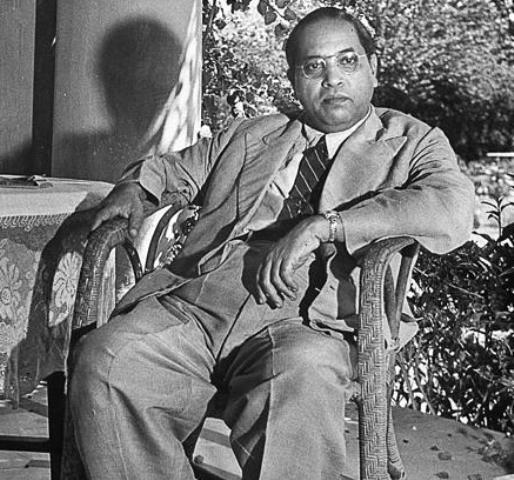
Some Lesser Known Facts About B. R. Ambedkar
- It is not known whether B. R. Ambedkar smoked or not.
- It is not known whether B. R. Ambedkar consumed alcohol.
- Born in 1891, he was the youngest of fourteen children in a Marathi family. His family hailed from Ambadawe town in Mandangad Taluka, located in the Ratnagiri district of Maharashtra, India.
- In 1894, his father retired from the British Indian Army. Two years later, he relocated with his family to Satara, a city in Maharashtra. Unfortunately, after a period of settling in Maharashtra, B. R. Ambedkar experienced the loss of his mother.
- B. R. Ambedkar’s actual surname was Sakpal; however, his father decided to register his surname as Ambadawekar when enrolling him in school, after their native village named ‘Ambadawe’.
- Born into a community that society deemed as low-caste, he endured countless humiliations during his school years at the hands of teachers and classmates who were regarded as upper-caste. Reflecting on his experiences, he chronicled the hardships in his book, aptly named “No peon, No water.”
- During his school years, he held a special place in the heart of his teacher Mahadev Ambedkar, a Brahmin. Eventually, the teacher decided to alter his last name from ‘Ambadawekar’ to ‘Ambedkar.’
- In 1897, his family moved to Mumbai where he enrolled in Elphinstone High School, becoming the only student from an untouchable background. At the age of 15, in 1906, he entered into marriage with Ramabai, who was just 9 years old at the time. The college in Mumbai, previously known as Elphinstone College, was later renamed in honor of B. R. Ambedkar.
- Despite getting married, he remained committed to his academic pursuits. He successfully finished his matriculation in 1907 and was subsequently accepted into Elphinstone College in Mumbai, becoming the first individual from the untouchable community to achieve this milestone. In his book, “The Buddha and his Dhamma,” he vividly detailed the desire of his fellow Dalit society members to commemorate this momentous occasion, as it symbolized a significant triumph for their community.
- He obtained his degree in Political Science and Economics from Bombay University in 1912 and secured a government position in the princely state of Baroda (now Gujarat). This job provided him with new opportunities, including a chance to pursue post-graduate studies at Columbia University in the United States. He received a Baroda State Scholarship from the Gaekwads of Baroda, which awarded him ₹1,060.25 (£11.50, sterling) per month for three years.
- At the young age of 22, he immigrated to the United States in 1913 to pursue his higher education. In 1915, he successfully obtained his MA degree, specializing in Economics, and submitted his thesis titled ‘Ancient Indian Commerce’.
- After returning to India, he was appointed as the Defence Secretary to the King of Baroda. However, he once again experienced social discrimination due to being considered an ‘Untouchable.’ In 1916, he submitted his second thesis titled “National Dividend of India – A Historical and Analytical Study” to earn another MA degree. Eventually, in 1927, he obtained his PhD in Economics.
- In October 1916, B.R. Ambedkar submitted an application for the Bar Course at Gay’s Inn in London. At the same time, he commenced his doctoral thesis at the London School of Economics. However, in June 1917, he had to return to India as his Baroda scholarship came to an end. In 1918, he became a Political Economy Professor at the Sydenham College of Commerce and Economics in Bombay, accompanied by his professors and friends from the London School of Economics and Political Science.
- After a span of four years, in 1921, he was granted the authorization to go back to London and deliver his thesis titled “The problem of the rupee: Its origin and its solution.” This marked the successful culmination of his master’s degree journey.
- He embarked on his D.Sc. in Economics in 1923 and concurrently received an invitation from Gray’s Inn for his Bar Course. Subsequently, he was bestowed with two honoris causa Doctorates: LL.D. from Columbia University in 1952 and D.Litt. from Osmania University in 1953. These notable accomplishments made him the trailblazer as the first Indian to pursue a Doctorate abroad.
- After being chosen to join the Bombay Presidency Committee, he collaborated with the All-European Simon Commission in 1925.
- His campaign to advocate for the rights of Untouchables began in 1927. In a peaceful manner, he emulated Mahatma Gandhi’s approach and voiced his concerns for the equal rights of Dalit individuals to access drinking water sources and enter temples.
- B. R. Ambedkar, recognized for his advocacy for the rights of the Untouchables, received an invitation to the Second Round Table Conference in London in 1932, owing to his growing popularity. Following the discussions, a solution known as the Poona Pact was reached. This pact provided for a reservation system, granting the Dalit community representation in the regional legislative assemblies and the Central Council of States. Subsequently, these communities were officially designated as Scheduled Tribes and Scheduled Castes. Furthermore, B. R. Ambedkar collaborated with the Soldiers of Mahar Regiment and supported their movement.
- He began his tenure as Principal at the Government Law College in 1935, dedicating nearly two years to the institution. During that same year, he played a significant part in the creation of the Reserve Bank of India (RBI).
- In 1936, he established the ‘Independent Labour Party’ as his own political party. During that same year, he published his book titled “The Annihilation of Caste,” which vehemently criticized the prevalent practice of untouchability in the country.
- He disagreed with Mahatma Gandhi and the Congress party’s choice to refer to the Dalit community as “Harijans.” However, he later gained recognition for his expertise and was appointed as the Minister for Labour in the Defence Advisory Committee and the Viceroy’s Executive Council. On August 29, 1947, his scholarly reputation led to his appointment as the first Law Minister of Free India. He also became the Chairman of the committee responsible for drafting the constitution of independent India. The oath ceremony of B.R. Ambedkar as the Law Minister was a significant event.
- The Constitution of India was implemented on January 26, 1950, after a drafting period of 2 years, 11 months, and 18 days. Its purpose was to ensure religious freedom, equal rights, and bridge the social divide within the country. The constitution additionally provided reservations in education and employment for marginalized groups. Due to his instrumental role in its creation, he is revered as the Father of the Indian Constitution. Furthermore, he played a pivotal role in establishing the Finance Commission of India, contributing to the nation’s social and economic growth.
- In 1950, Gautam Buddha underwent a conversion to Buddhism following his participation in a gathering of Buddhist scholars and monks in Sri Lanka. Five years later, in 1955, he founded the Buddhist Society of India (Bharatiya Bauddha Mahasabha). On the 14th of October 1956, he orchestrated a public ceremony where he successfully converted five lakh of his followers to Buddhism. Additionally, he authored a book entitled “The Buddha and His Dhamma” to accompany this event.
- In addition, he spearheaded the movement to advocate for a decrease in the workers’ factory hours from 14 to 8 per day.
- He enacted multiple laws in India to protect the rights of female laborers, such as the Labor Protection Act, Women & Child Act, Mines Maternity Benefit Act, and Women Labor Welfare Fund Act.
- B. R. Ambedkar had been afflicted with weak eyesight and diabetes since 1948. His health deteriorated further, leading him to be bedridden from 1954. Eventually, on 6 December 1956, he peacefully passed away in his sleep, bidding farewell to this world. The image depicts B. R. Ambedkar’s Mahaparinirvana.
- In 1990, he received the prestigious honor of “Bharat Ratna,” the highest recognition in India, posthumously.
- Being a devoted enthusiast of literature, he constructed his residence “Rajgriha” in Bombay solely to accommodate his extensive assortment of books, which amounted to approximately 50,000 volumes. From 1924 to 1934, his library held the esteemed title of being the largest in Bombay.
- The Hindi movie poster of “Babasaheb Ambedkar” depicts the release of the film in 2000. Directed by Jabbar Patel, the movie portrays the journey of B. R. Ambedkar.
- B. R. Ambedkar’s autobiography, titled “Waiting for a Visa,” written between 1935 and 1936, has now been incorporated as a textbook at Columbia University. To learn more about the life of B. R. Ambedkar, you can watch the following video.

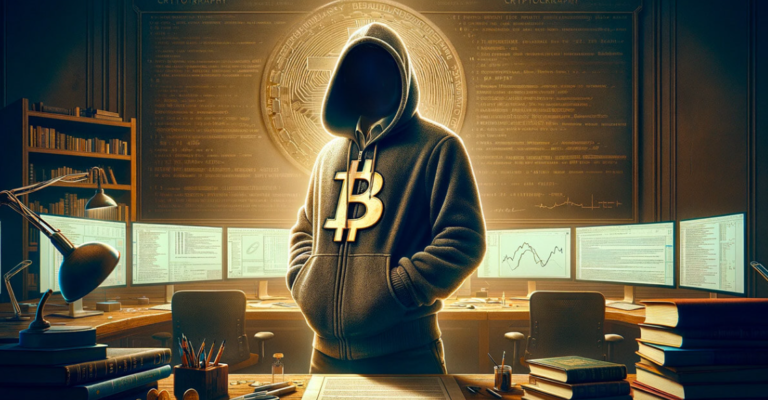
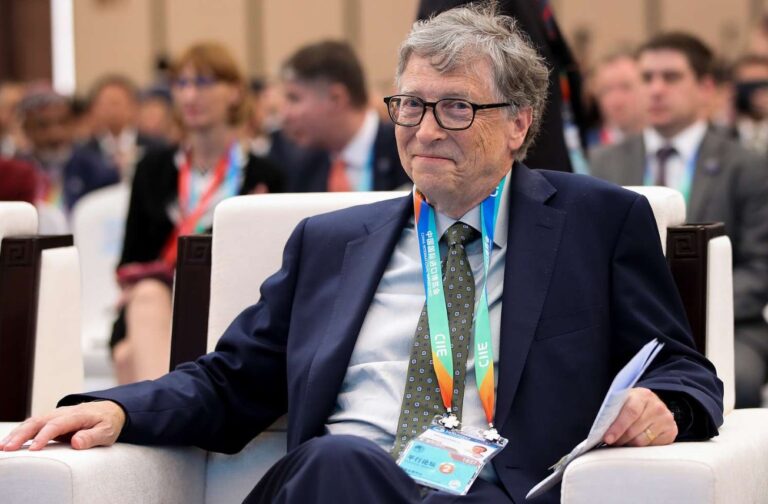




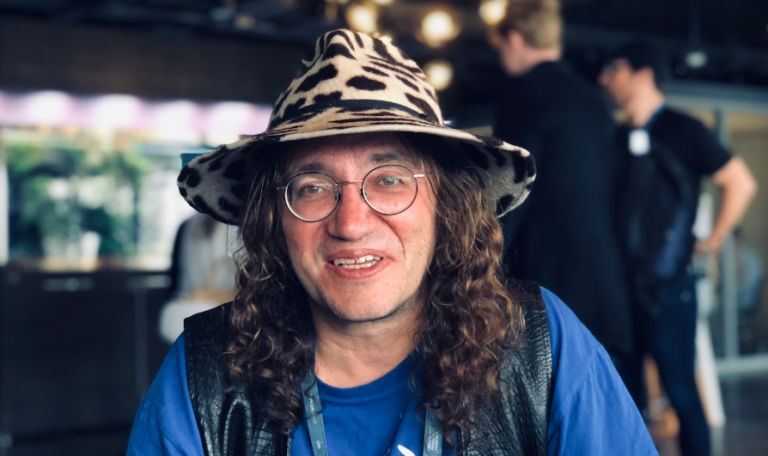





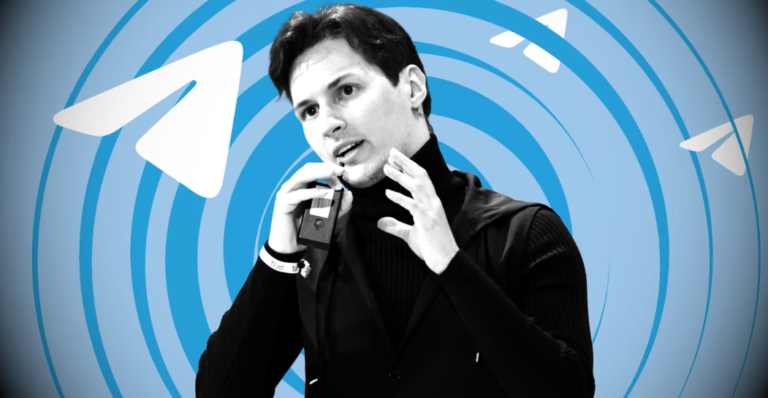
+ There are no comments
Add yours